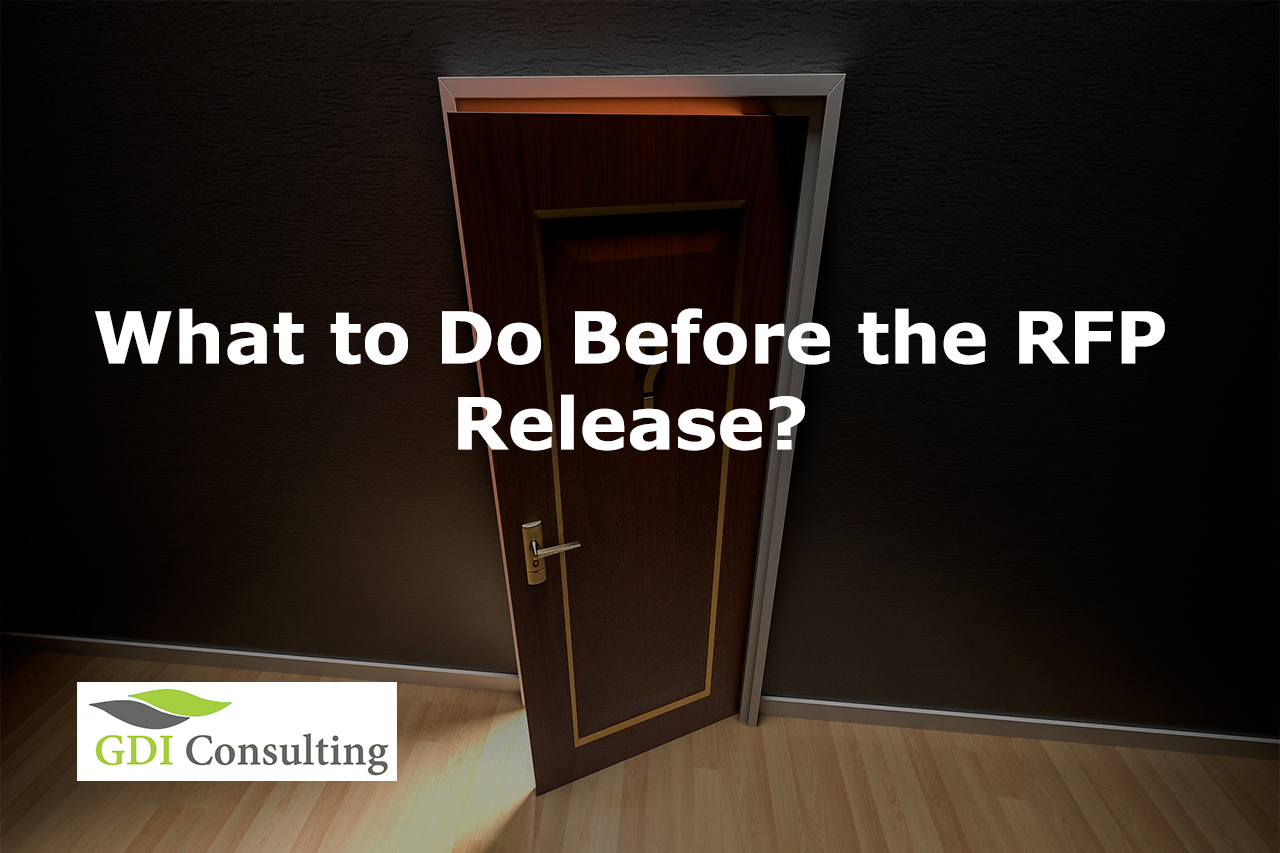Preliminary preparations are always a good thing to do. The world of Government Procurements is pretty complex and requires a lot of energy to penetrate it successfully. Companies that strive to win federal awards must be eager to create the right conditions to increase the chances of winning. There are many strategies that can help you prepare in advance for a contracting opportunity and advance your competition.
Planning your proposal development ahead the RFP release involves a lot of processes and efforts. First of all, you identify the opportunity that you want to bid for and anticipate the time when the agency will issue the final solicitation. Establishing a communication with the customer is very important, of course, but not enough to help you create a strategic winning plan.
According to experienced contractors, great results come from great studies. Yes, research is the way that’s going to guide you to right decisions and great accomplishments. You need to collect as much valuable and relevant information as possible so that you can handle your proposal development much easier. In order to make the most of your time and opportunities, you should focus on some of the most important points when conducting your research. Information can be very beneficial and help you
Identify discriminators and benefits
Define what your key points will be, and what features are going to make your proposal differentiate from your competitors. Plan your content by keeping in mind the “benefits” that you will offer to your customer. Make sure to highlight all the elements that give you a competitive advantage, and discriminates you from all other proposals.
Find out who your Competitors are
Gather all the available information related to your competitors, who they are, their background and history, their weaknesses, strengths, and how are they positioned to win the opportunity. Check out their past experience and performance, to create a strategy that can help you ghost all their weaknesses.
Perform a risk assessment
Conduct a risk assessment to mitigate it. First, discover key sources of risk and identify a strategic plan to diminish it. You need to find out how potential risks can impact your bidding, performance, expenses, and identify your approach to prevent it.
Include Past Experience and Performance
When you plan your proposal, don’t forget to list your past performance and experience in similar projects. In the meetings that you’ll schedule with your customer, you’ll understand their expectations for job performance. Check out if the customer’s requirements are comparable, and if you’re going to be able to use that information as a quality.
Define your solution approach
What are the most important aspects of the solution that you will address on your proposal? Identify them based on the client data that you have previously collected. Plan each step of the project that will be developed, addressing it from different perspectives. Make sure that when you arrive at this point you have received the right information about your customer preferences and how they will make the selection of the winner.
Wait for the RFP
Advanced preparations will not always help you achieve desired results. However, performing a thorough research will illuminate you about the processes required during the development of a persuasive proposal.
Sometimes it happens that federal agencies surprise us when final RFPs are released. They may change the requirements regarding how the proposal should be built. Nevertheless, although you may not start writing the proposal prior to final solicitation release, you can’t rest assured without carrying out proper investigations to evaluate what your options are to win this award.

